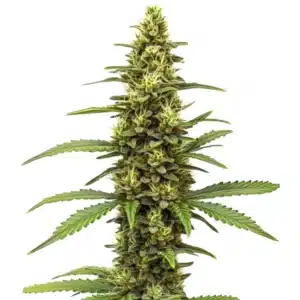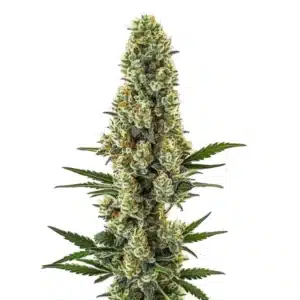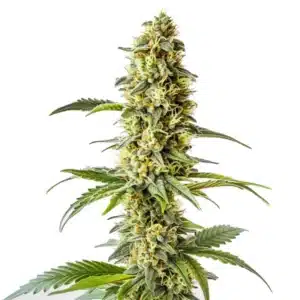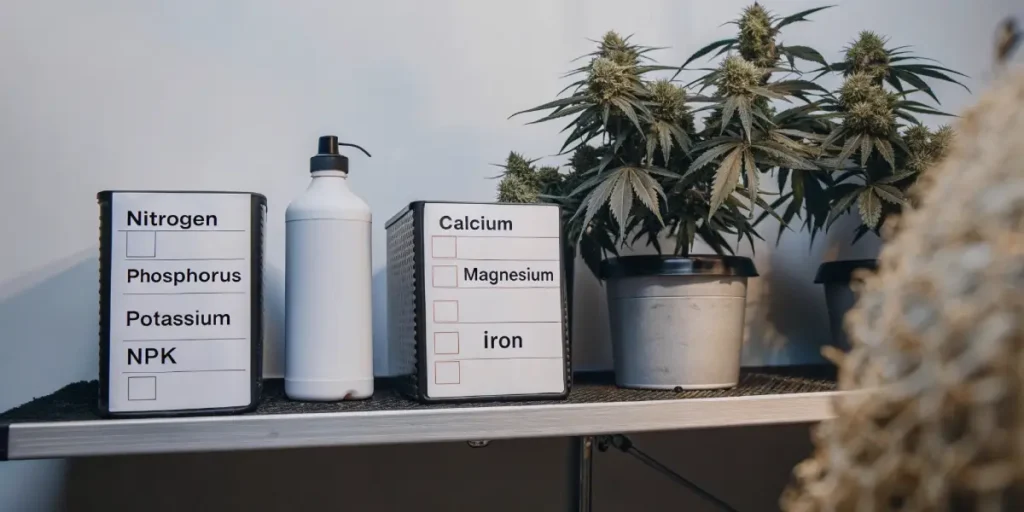
Top Cannabis Nutrients for Beginners Starting Their Grow
Starting a cannabis grow can be exciting, but understanding nutrients is crucial to ensure healthy plants and high yields. If you’re new to growing cannabis, this guide will simplify beginner cannabis nutrients and help you build a strong foundation for success.
Beginner’s Guide to Cannabis Nutrients
Basics of Cannabis Nutrients
Cannabis plants require specific nutrients to thrive. These are categorized into macronutrients and micronutrients. Macronutrients include nitrogen (N), phosphorus (P), and potassium (K), collectively known as NPK. These are vital for overall growth, flowering, and bud production. Micronutrients like calcium, magnesium, and iron support various plant processes, ensuring healthy development.
Recommended Strains
African x Princess 88
|
|
THC | 18% - 20% (Medium) |
|
|
Type | Feminized |
|
|
Yield | Medium |
|
|
Phenotype | 40% Indica / 60% Sativa |
South African
|
|
THC | 18% - 20% (Medium) |
|
|
Type | Feminized |
|
|
Yield | Medium |
|
|
Phenotype | 10% Indica / 90% Sativa |
Each growth stage demands different nutrient ratios. During the vegetative stage, cannabis needs more nitrogen to develop leaves and stems. In the flowering stage, higher levels of phosphorus and potassium are essential for bud formation. Properly balancing these nutrients helps your plants grow robustly.
Key Nutrients for Healthy Cannabis Growth
Nitrogen in the Vegetative Stage
Nitrogen is a crucial element during the vegetative phase and is often one of the core components included in beginner cannabis nutrients. It supports the production of chlorophyll, enabling photosynthesis. Healthy leaves are a sign of adequate nitrogen levels. However, too much nitrogen can result in dark, curling leaves, so moderation is key.
Importance of Phosphorus and Potassium During Flowering
Phosphorus promotes root development and enhances flower growth. Potassium strengthens plants, improves disease resistance, and boosts bud density. These nutrients are critical during the flowering stage, where they directly impact yield and potency.
During flowering, ensure that phosphorus and potassium levels are higher while reducing nitrogen. Transitioning to bloom-specific fertilizers makes this process simple. Observing how your plants react to these changes helps you fine-tune nutrient delivery for optimal results.
Micronutrients: The Unsung Heroes of Cannabis Nutrition
Micronutrients like calcium and magnesium may be required in smaller amounts, but they’re indispensable. Calcium supports cell wall strength, while magnesium aids chlorophyll production. Without these, plants can suffer from deficiencies, leading to reduced growth and yields.
Promos & Deals
Choosing the Right Nutrients for Beginners
Organic vs. Synthetic Nutrients: Which Is Better?
Organic nutrients are derived from natural sources like compost or manure, offering a sustainable option for beginners. As part of a solid beginner cannabis nutrients strategy, they’re gentler on plants and improve soil quality over time. However, synthetic nutrients are pre-formulated for precise feeding and can deliver faster results. For those looking to optimize large-scale or budget-friendly grows, exploring the best bulk cannabis nutrients can be a smart move. Beginners should choose their beginner cannabis nutrients based on their goals and preferences.
Advantages of Organic Nutrients for Beginners
Organic nutrients enhance soil health and promote microbial activity. They’re less likely to cause nutrient burn, making them beginner-friendly. Additionally, organic grows often produce cannabis with enhanced flavors and aromas.
Using organic fertilizers such as worm castings or compost tea provides a steady release of nutrients. These products are widely available and easy to incorporate into your feeding schedule, ensuring plants receive the nutrition they need without overwhelming their systems.
When to Consider Synthetic Nutrient Solutions
Synthetic nutrients are ideal for growers looking for faster growth or those using hydroponic systems. These nutrients are easy to measure and deliver exact ratios for each growth stage. While they’re efficient, careful monitoring is needed to avoid overfeeding.
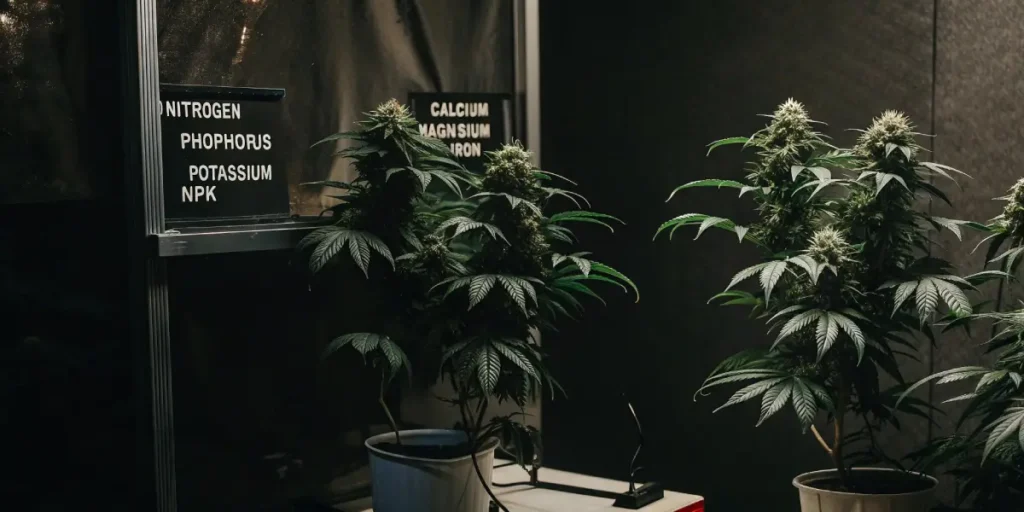
Ready-Made Nutrient Packs for New Growers
Pros and Cons of All-in-One Nutrient Solutions
All-in-one solutions are convenient and easy to use. However, they may not allow for precise adjustments as your plants’ needs change. Beginners can start with these and gradually move to custom mixes as they gain experience.
Although these solutions save time, being attentive to plant responses ensures that adjustments can still be made when necessary. Combining pre-mixed products with supplemental nutrients can bridge gaps in nutrient delivery for more tailored results.
Beginner Cannabis Nutrients Labels and Ratios
Decoding NPK Ratios on Fertilizers
NPK ratios indicate the concentration of nitrogen, phosphorus, and potassium in a fertilizer. For example, a 10-10-10 ratio provides equal amounts of each nutrient, suitable for general use. Knowing these ratios helps you choose the right product for each stage.
Learning how to interpret NPK ratios simplifies the process of selecting nutrients. For example, higher nitrogen levels in products labeled 20-10-10 are perfect for vegetative growth, while bloom fertilizers may feature a 5-15-10 ratio for optimal flowering support.
Identifying the Best Ratios for Each Growth Stage
In the vegetative stage, look for higher nitrogen ratios like 3-1-2. During flowering, switch to bloom fertilizers with ratios like 1-3-2 to support bud development. Adjusting ratios ensures your plants receive the nutrients they need when they need them.
Experimenting with slight variations in ratios can help you optimize results. Beginners should track how plants respond to different formulations to develop a more intuitive understanding of nutrient requirements.
How to Apply Cannabis Nutrients as a Beginner
Creating a Feeding Schedule for Cannabis Plants
How Often to Feed Cannabis Nutrients
Start with feeding once or twice a week using high-quality base nutrients for weed, and adjust based on plant response. Overfeeding can harm your plants, so always begin with lower doses.
Regularly observing plant behavior after feeding helps identify optimal schedules. When using beginner cannabis nutrients, it’s important to monitor how the plants respond to each dose. Gradually increasing frequency as your confidence grows ensures that your plants are not overwhelmed by nutrient buildup.
Adjusting Feeding Schedules Based on Growth Stage
Increase feeding frequency during rapid growth phases, like early vegetative and flowering stages. Reduce feeding during late flowering as plants prepare for harvest.
Sticking to a clear schedule while allowing room for adjustments keeps plants thriving. Timing your nutrient delivery with growth spurts ensures maximum efficiency and minimizes waste.
Mixing and Applying Beginner Cannabis Nutrients Correctly
Step-by-Step Guide to Preparing Nutrient Solutions
Always mix nutrients according to the manufacturer’s instructions. Use a pH meter to ensure the solution stays between 6.0 and 7.0 for soil grows, or 5.5 and 6.5 for hydroponics. Proper pH levels prevent nutrient lockout and ensure absorption.
Avoiding Overfeeding and Nutrient Burn
Signs of overfeeding include yellowing or burnt leaf tips. Flush the soil with plain water to remove excess nutrients. Monitor plants closely to avoid this common mistake.
Maintaining detailed notes on feeding and plant responses helps track patterns over time. Avoiding overfeeding also reduces environmental impact by preventing excess nutrient runoff.
Monitoring Plant Health for Nutrient Deficiencies
Identifying Common Signs of Nutrient Deficiency
Yellowing leaves may indicate a nitrogen deficiency, while purple stems suggest a lack of phosphorus. Brown spots on leaves can signal a magnesium shortage. Recognizing these signs early helps you correct issues promptly.
How to Correct Nutritional Imbalances
Adjust nutrient levels gradually to avoid shocking your plants. Consider foliar feeding for quick absorption in cases of severe deficiencies. Regular monitoring ensures balanced nutrition.
Creating a checklist for routine plant inspections ensures that imbalances are spotted and addressed quickly. This proactive approach builds confidence and leads to healthier plants overall.
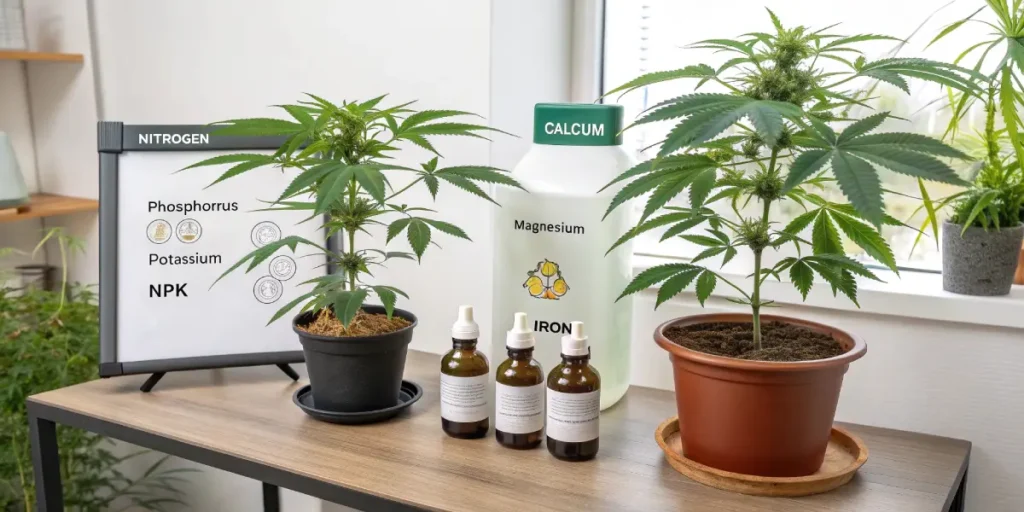
FAQs About Beginner Cannabis Nutrients
What Are the Easiest Nutrients for New Growers to Use?
Pre-mixed nutrient solutions from reputable brands are the easiest for beginners. They provide clear instructions and reduce the risk of errors. Choosing beginner-friendly products with detailed usage guides streamlines the learning curve.
Can I Use Regular Plant Fertilizers for Cannabis?
While possible, regular fertilizers often lack the specific NPK ratios cannabis needs. Opting for cannabis-specific nutrients ensures better results. Cannabis-specific fertilizers also include micronutrients tailored for this plant’s unique needs, making them a better choice for optimizing growth and yield.
How Do I Know If My Plants Are Getting the Right Beginner Cannabis Nutrients?
Healthy, vibrant leaves and steady growth are good indicators. Use tools like pH meters and nutrient testers to confirm your plants’ needs are being met. Observing consistent growth rates and the absence of deficiency symptoms confirms proper nutrient delivery.






